Practicing yoga is a fantastic way to enhance your flexibility and build strength. Whether you’re a beginner or an experienced yogi, incorporating the right poses into your routine can make a significant difference in how you feel and move. In this article, we’ll explore some of the best yoga poses designed to improve both flexibility and strength, helping you achieve a balanced and powerful body.
Downward-Facing Dog (Adho Mukha Svanasana)
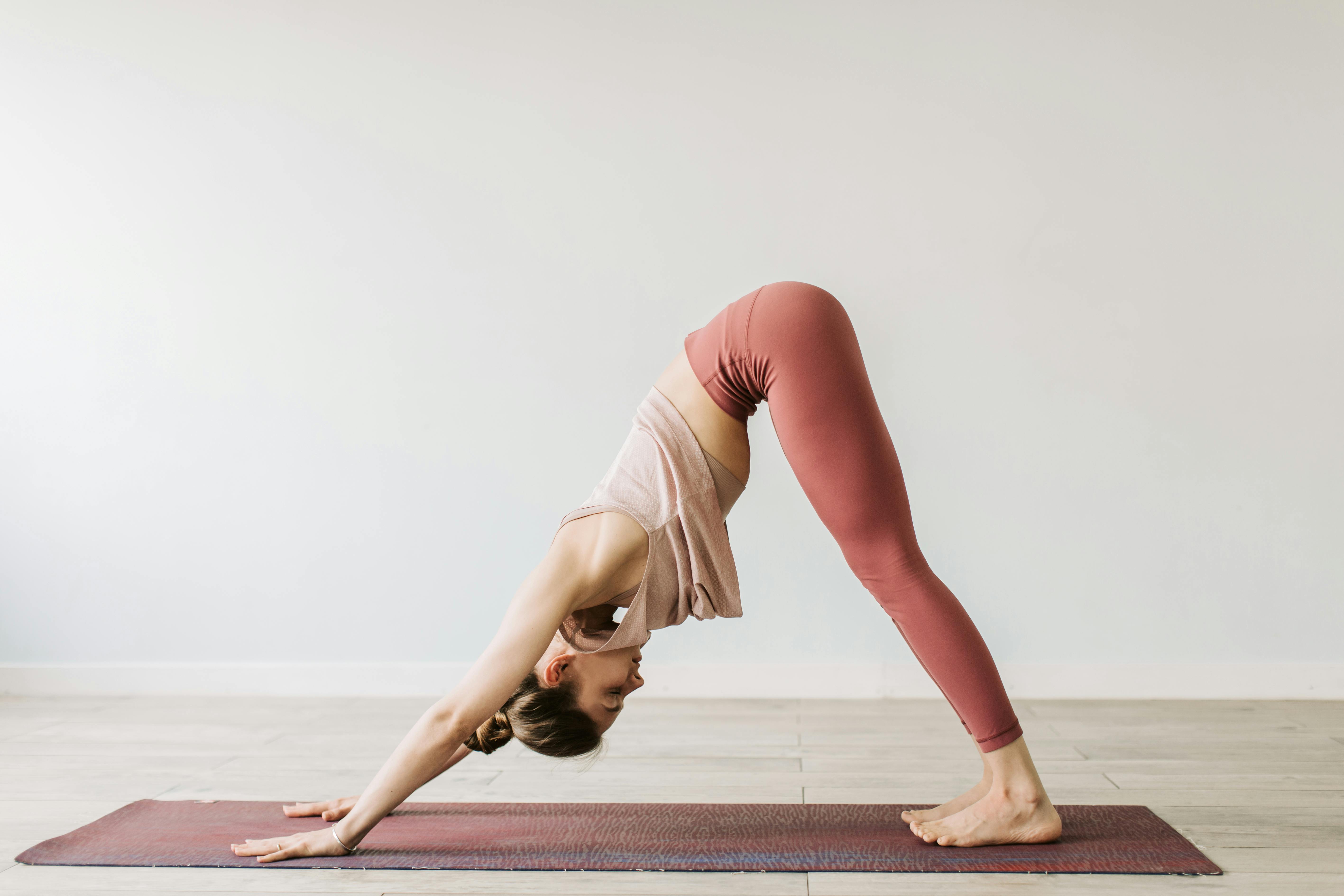
Downward-Facing Dog is a staple in yoga practice, ideal for stretching the hamstrings, calves, and shoulders while strengthening the arms, legs, and core. This pose helps to elongate the spine and improve overall body flexibility. Suitable for beginners, it can be held for 30 seconds to 1 minute. Ensure your hands are shoulder-width apart and your feet are hip-width apart to maintain proper alignment.
Plank Pose (Phalakasana)
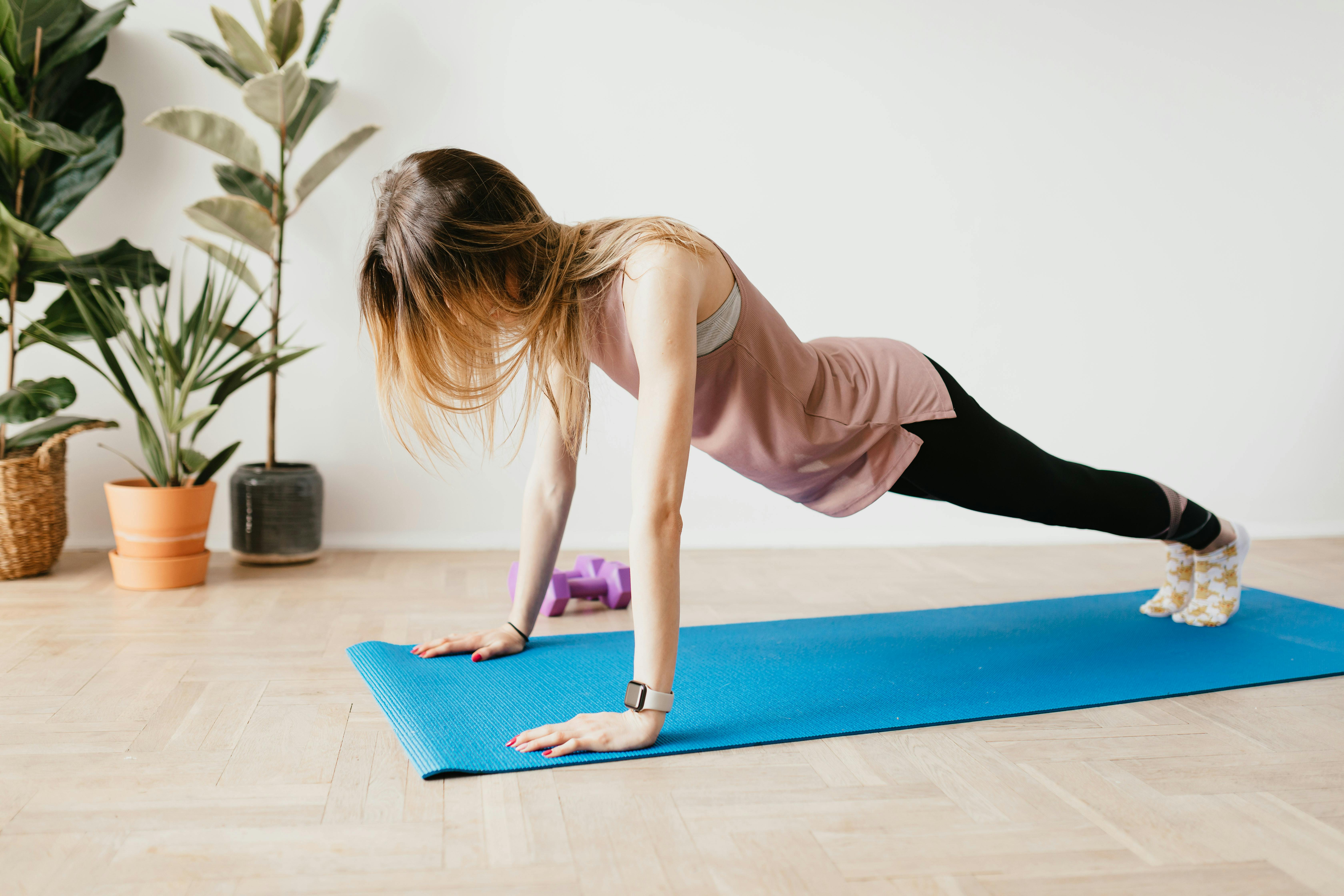
Plank Pose is a powerful pose for building core strength and stability. It engages the arms, shoulders, and legs, providing a full-body workout. Beginners can start with holding the pose for 20 seconds, gradually increasing to 1 minute. Keep your body in a straight line from head to heels, and engage your core to prevent sagging.
Warrior I (Virabhadrasana I)

Warrior I is excellent for strengthening the legs, glutes, and back while stretching the hips and chest. It enhances balance and focus, making it a great pose for overall stability. Suitable for beginners, hold this pose for 30 seconds to 1 minute on each side. Ensure your front knee is bent at a 90-degree angle and your back leg is straight.
Warrior II (Virabhadrasana II)
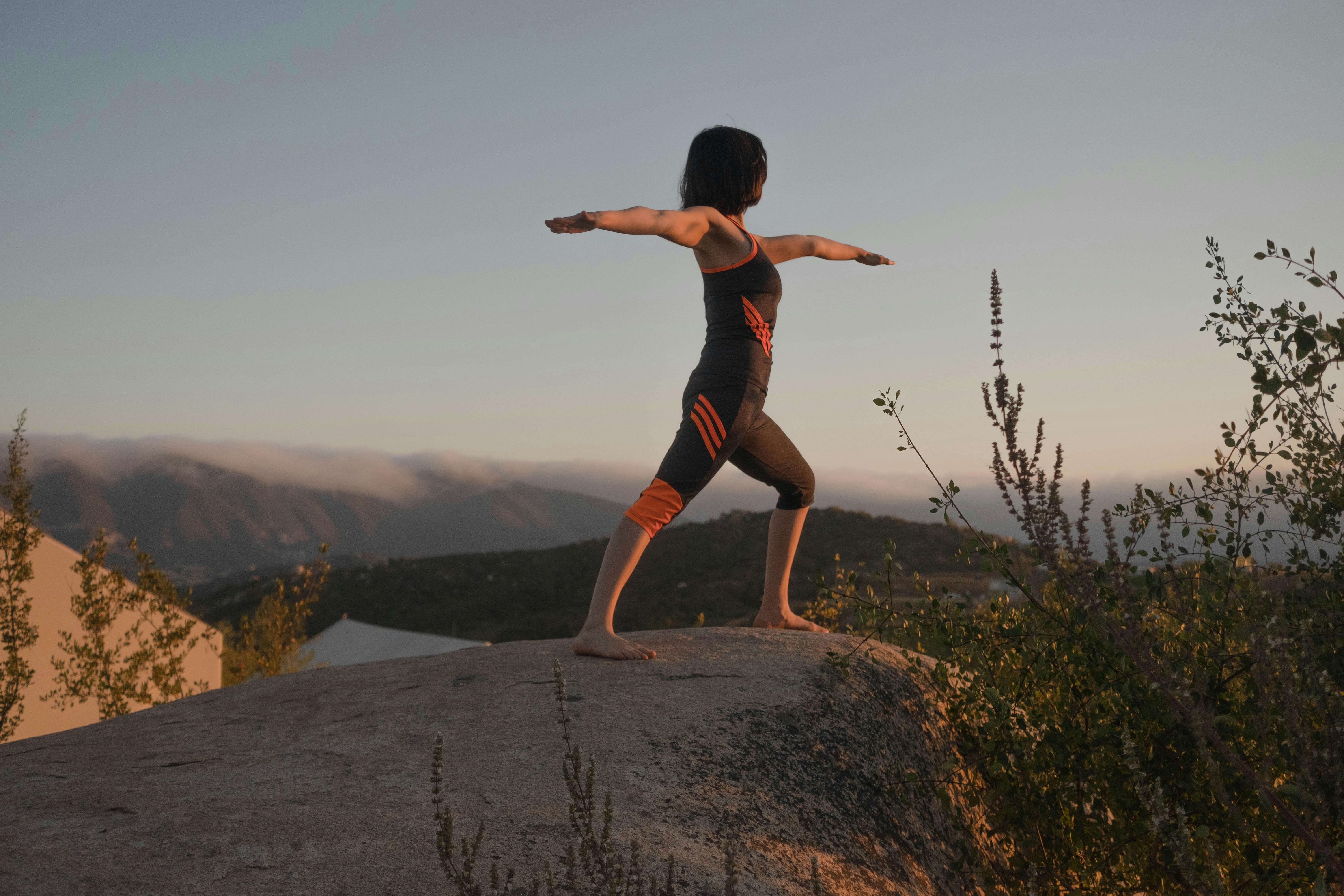
Warrior II builds strength in the legs and glutes while opening the hips and shoulders. This pose also improves stamina and endurance. Beginners can hold the pose for 30 seconds to 1 minute on each side. Keep your front knee directly over your ankle and your arms parallel to the floor.
Triangle Pose (Trikonasana)
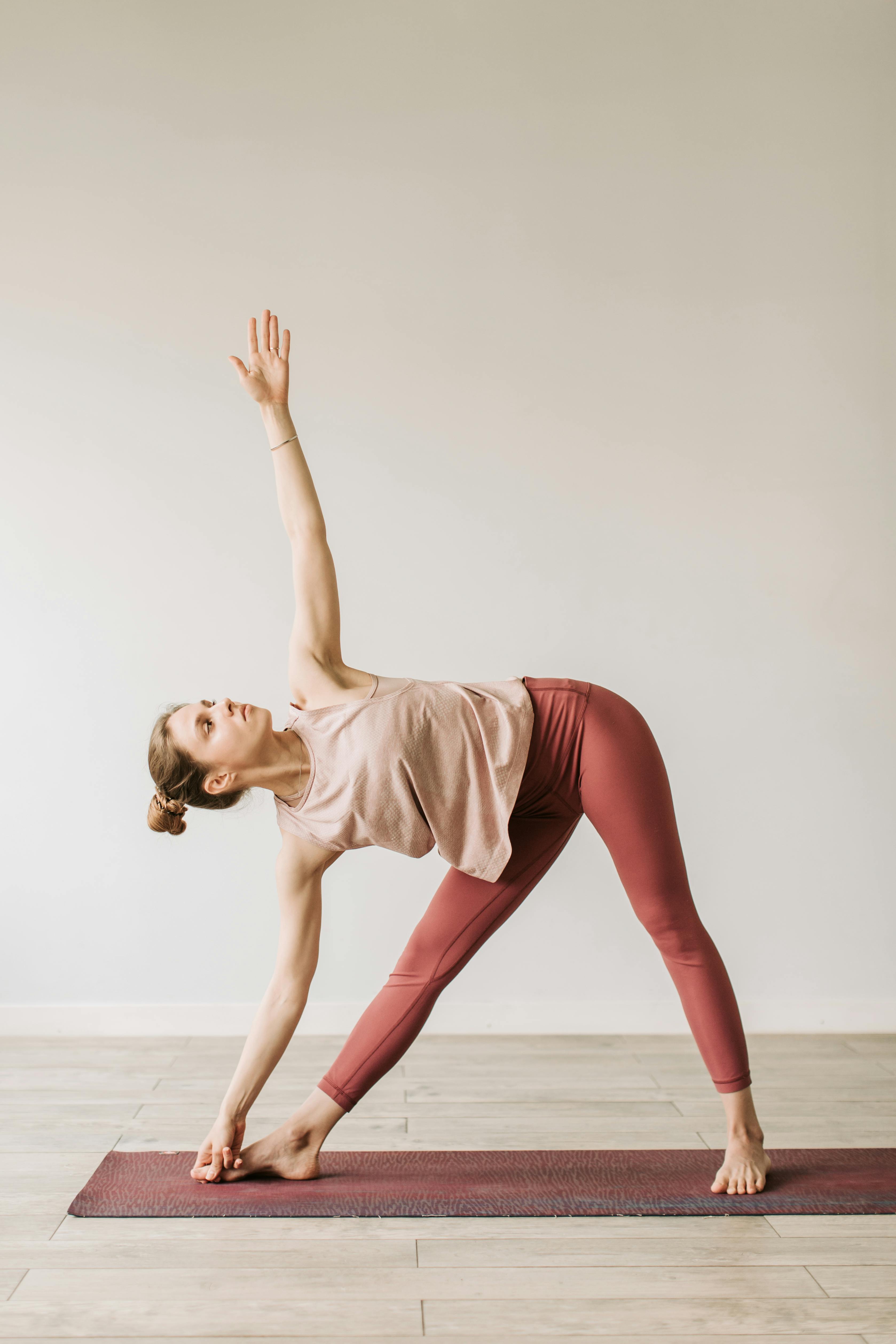
Triangle Pose stretches the legs, hips, spine, and shoulders, while also strengthening the legs and core. It’s excellent for improving balance and stability. Suitable for beginners, hold the pose for 30 seconds to 1 minute on each side. Ensure your feet are well-grounded and your torso is aligned over your front leg.
Bridge Pose (Setu Bandhasana)
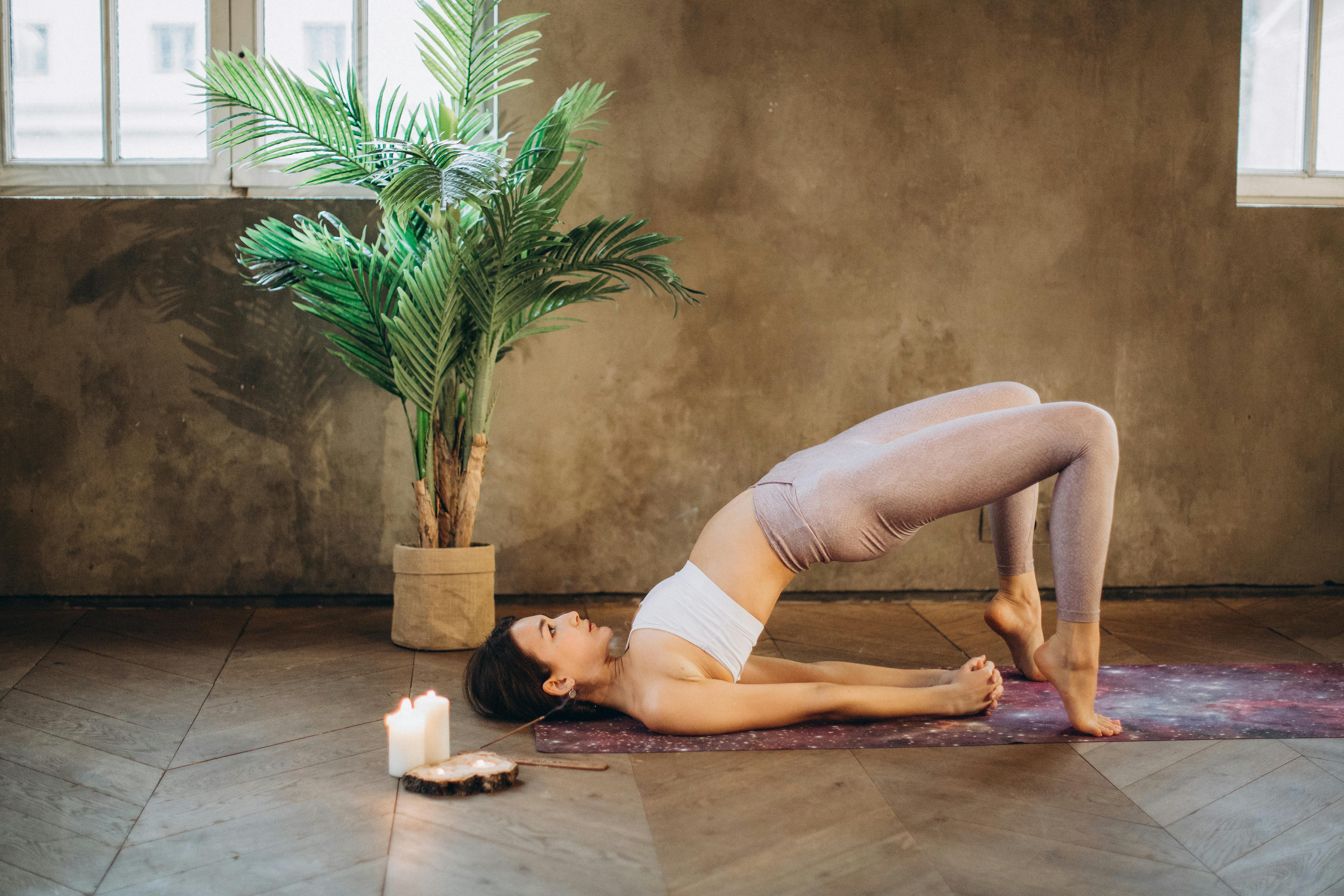
Bridge Pose strengthens the back, glutes, and legs while stretching the chest, neck, and spine. It’s great for improving posture and relieving back pain. Beginners can hold the pose for 30 seconds to 1 minute. Keep your feet hip-width apart and lift your hips towards the ceiling while pressing your arms into the mat.
Cobra Pose (Bhujangasana)
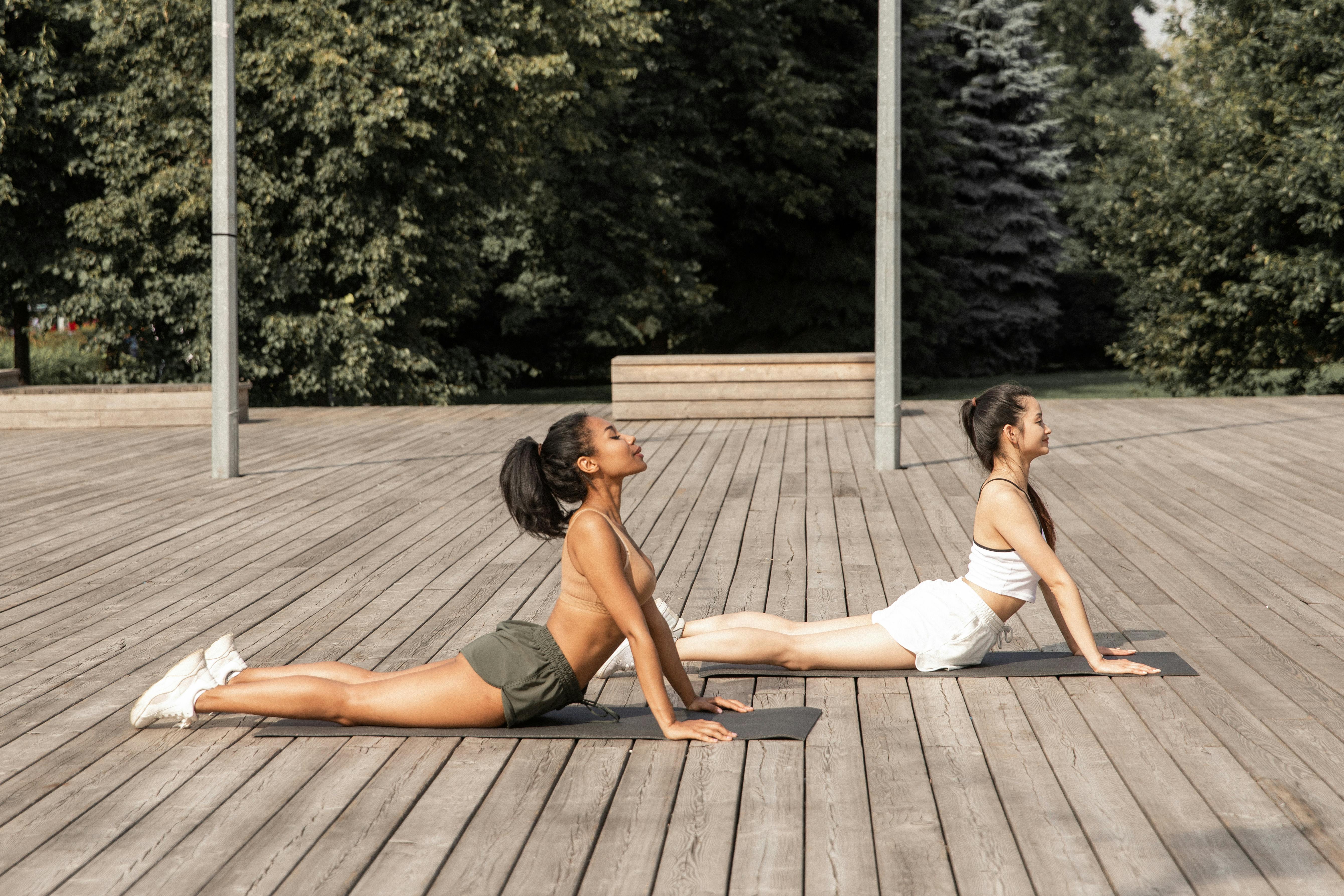
Cobra Pose strengthens the back and arms while stretching the chest, shoulders, and abdomen. It’s beneficial for improving spinal flexibility and relieving stress. Suitable for beginners, hold the pose for 15 to 30 seconds. Keep your elbows close to your body and lift your chest without straining your lower back.
Child’s Pose (Balasana)
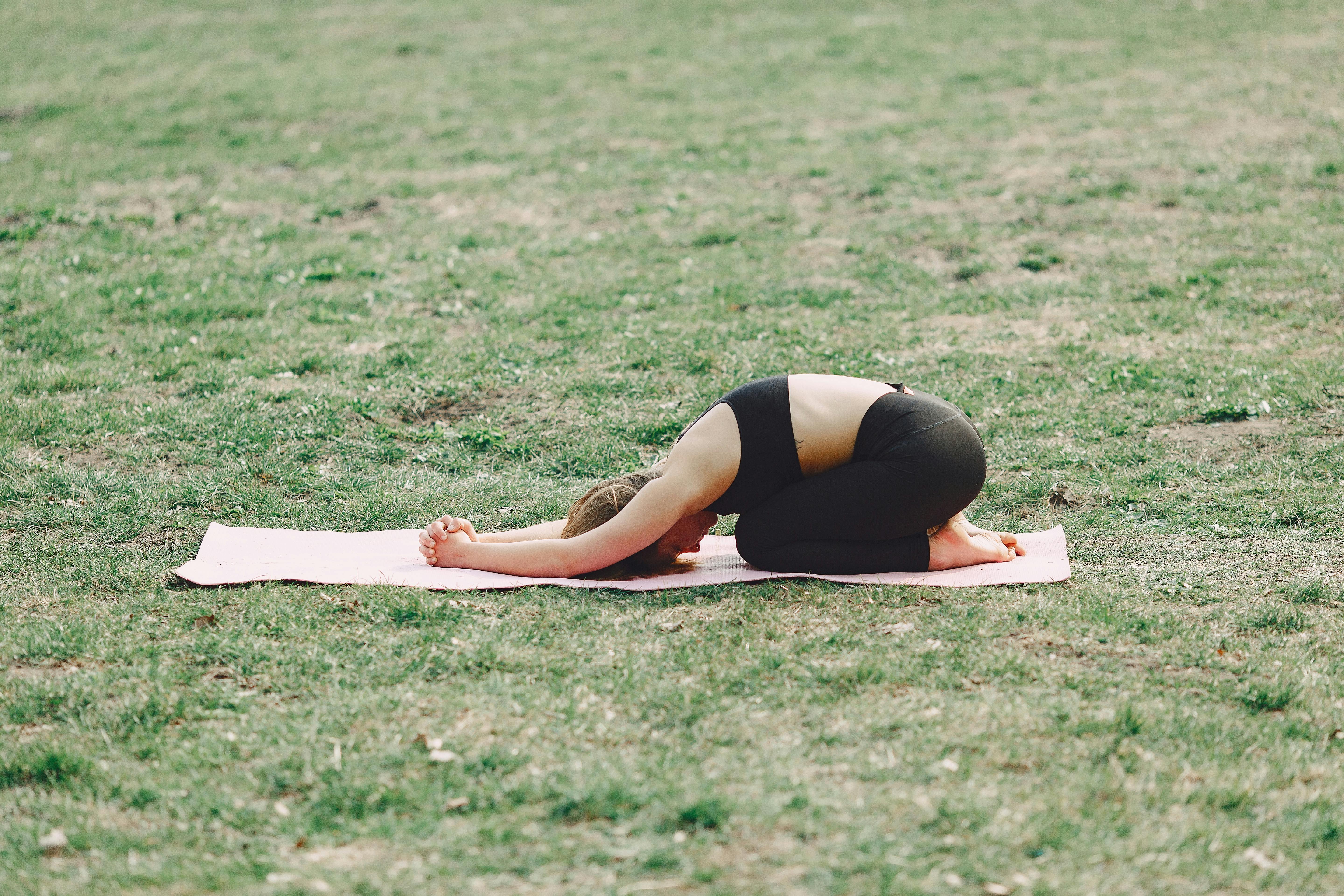
Child’s Pose is a restful pose that stretches the back, hips, and thighs while promoting relaxation. It’s a great way to release tension and improve flexibility in the spine. Suitable for all levels, hold the pose for 1 to 3 minutes. Keep your arms extended forward and rest your forehead on the mat for maximum benefit.
Pigeon Pose (Eka Pada Rajakapotasana)
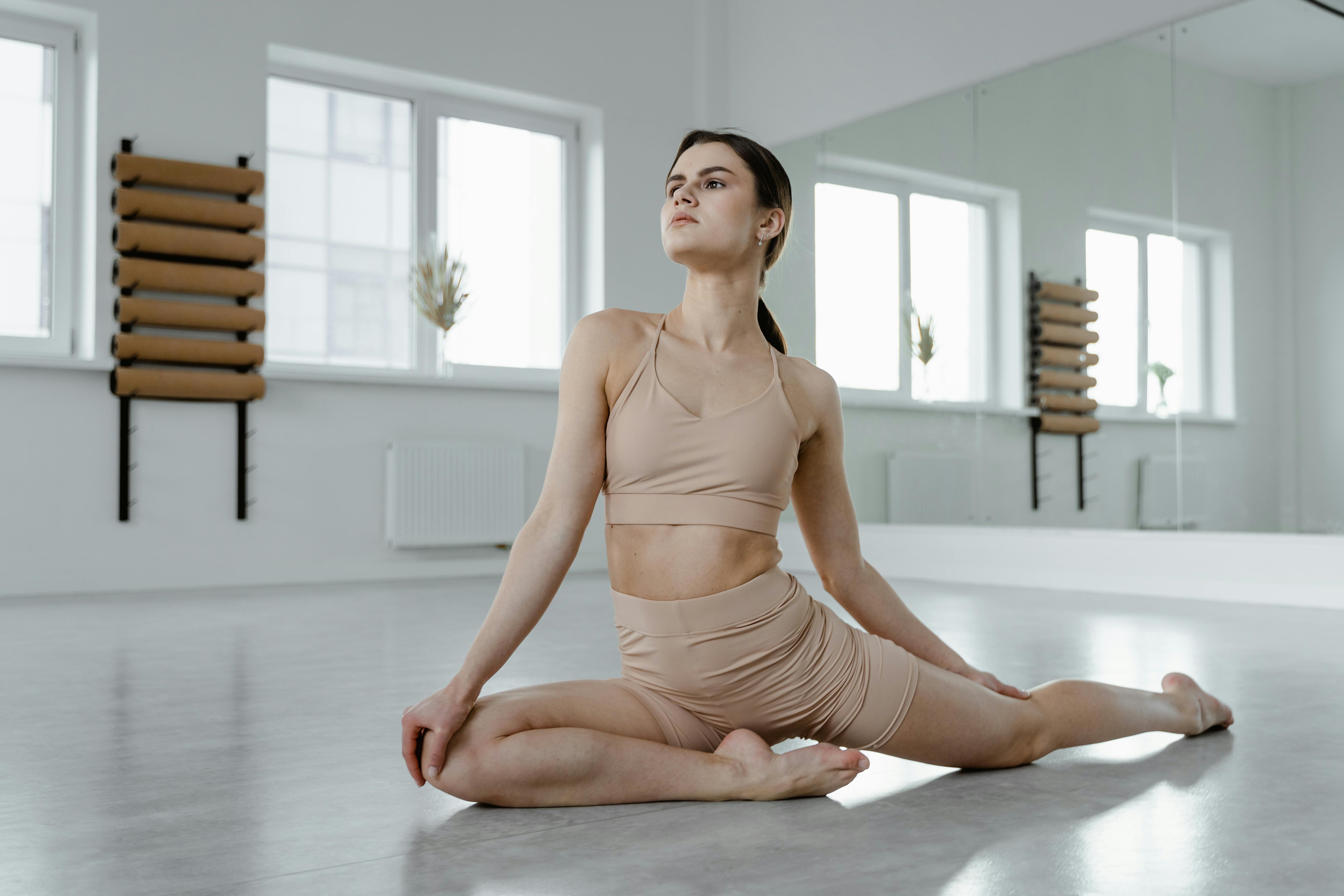
Pigeon Pose deeply stretches the hips, glutes, and thighs, improving flexibility and relieving tension. It also strengthens the back and core. Beginners should hold the pose for 30 seconds to 1 minute on each side. Ensure your front leg is bent at a 90-degree angle and your back leg is extended straight behind you.
Tree Pose (Vrksasana)
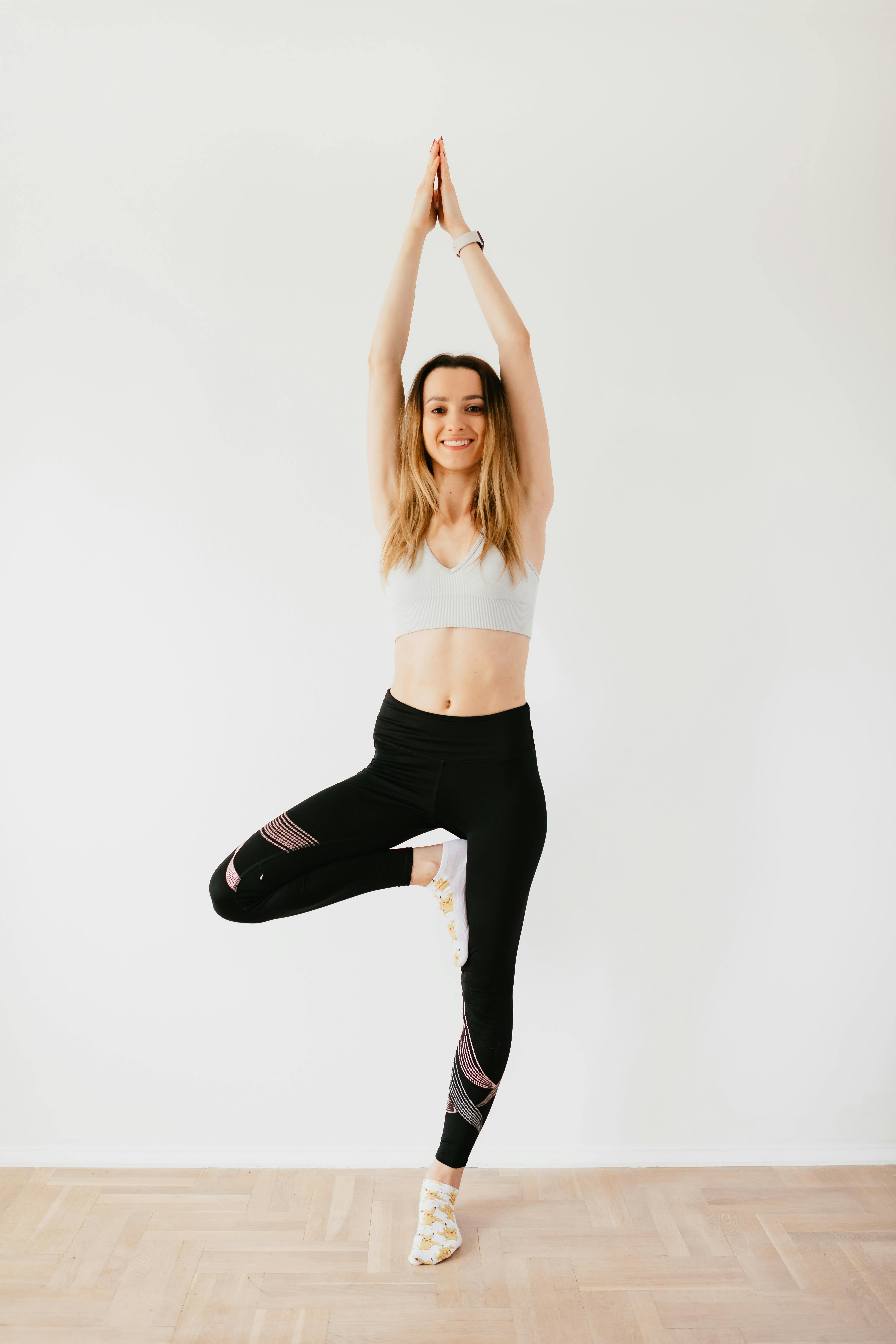
Tree Pose enhances balance and stability while strengthening the legs and core. It also stretches the inner thighs and improves concentration. Suitable for beginners, hold the pose for 30 seconds to 1 minute on each side. Keep your foot either on the inner thigh or calf of the opposite leg, avoiding the knee.
Seated Forward Bend (Paschimottanasana)
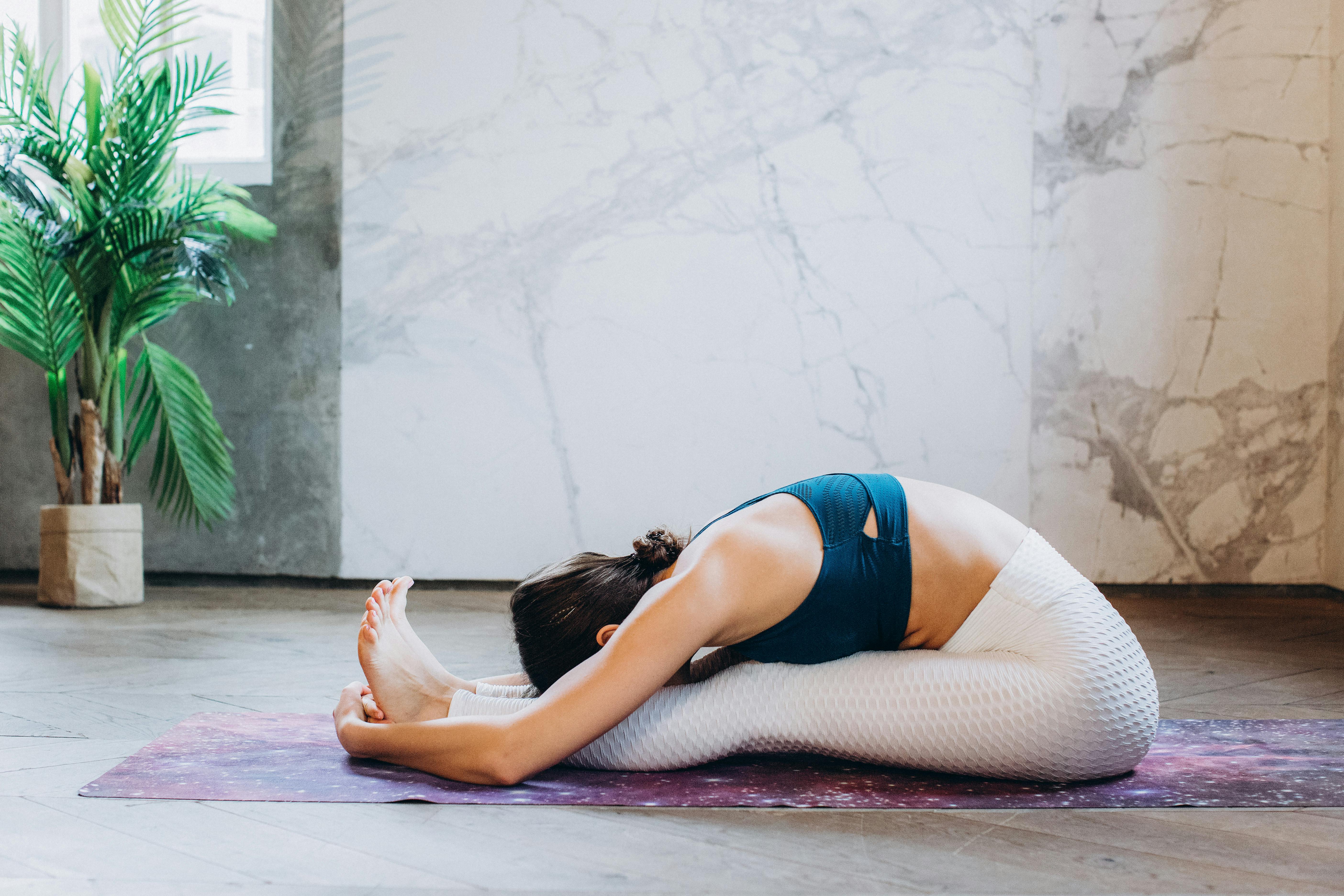
Seated Forward Bend stretches the hamstrings, lower back, and spine, promoting flexibility and relaxation. It also strengthens the back and improves digestion. Beginners can hold the pose for 1 to 3 minutes. Ensure your spine is straight as you reach forward, avoiding rounding your back.
Boat Pose (Navasana)
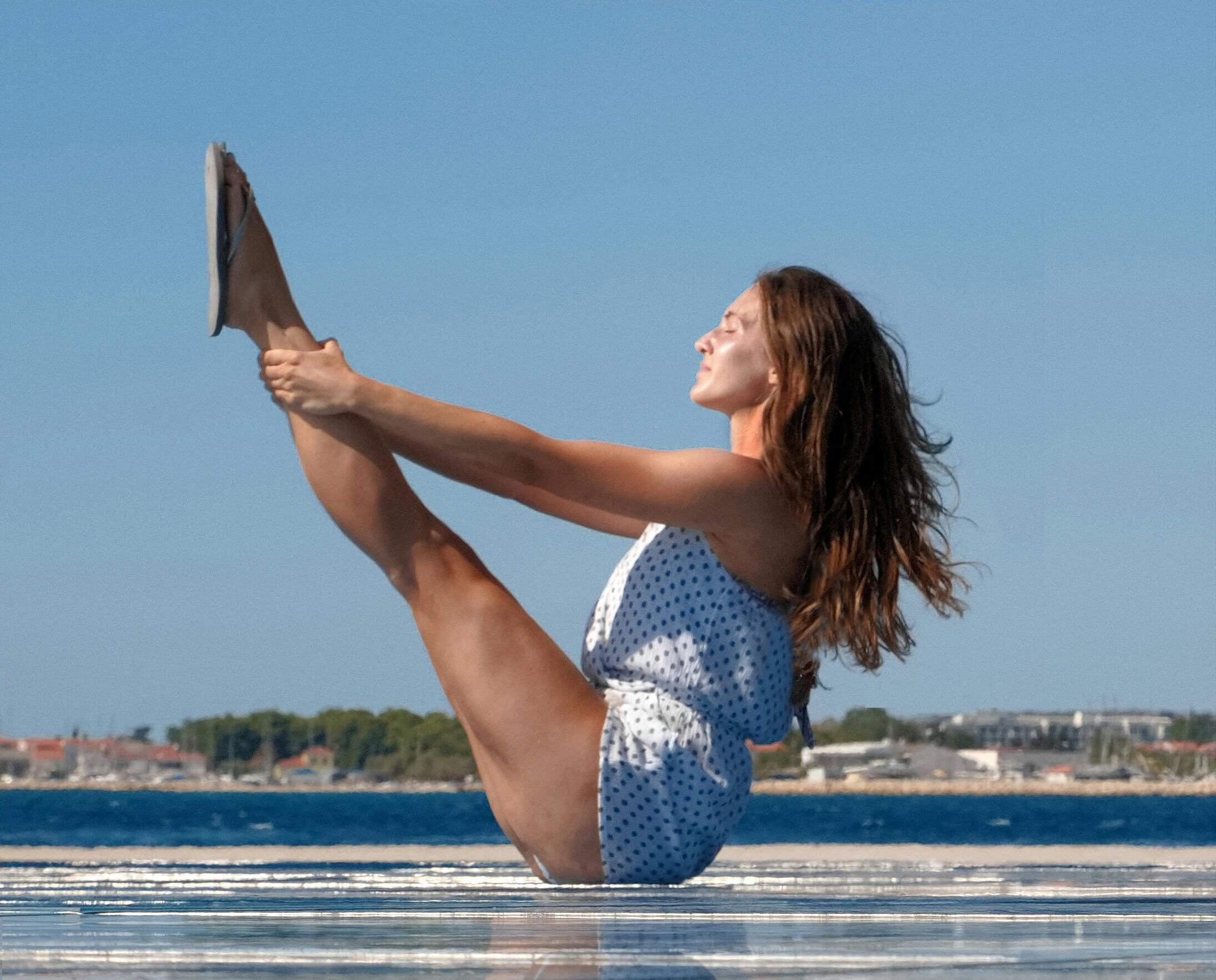
Boat Pose strengthens the core, hip flexors, and spine while improving balance and stamina. It also stretches the hamstrings. Suitable for intermediate practitioners, hold the pose for 30 seconds to 1 minute. Keep your back straight and your legs lifted, forming a V-shape with your body.
Camel Pose (Ustrasana)
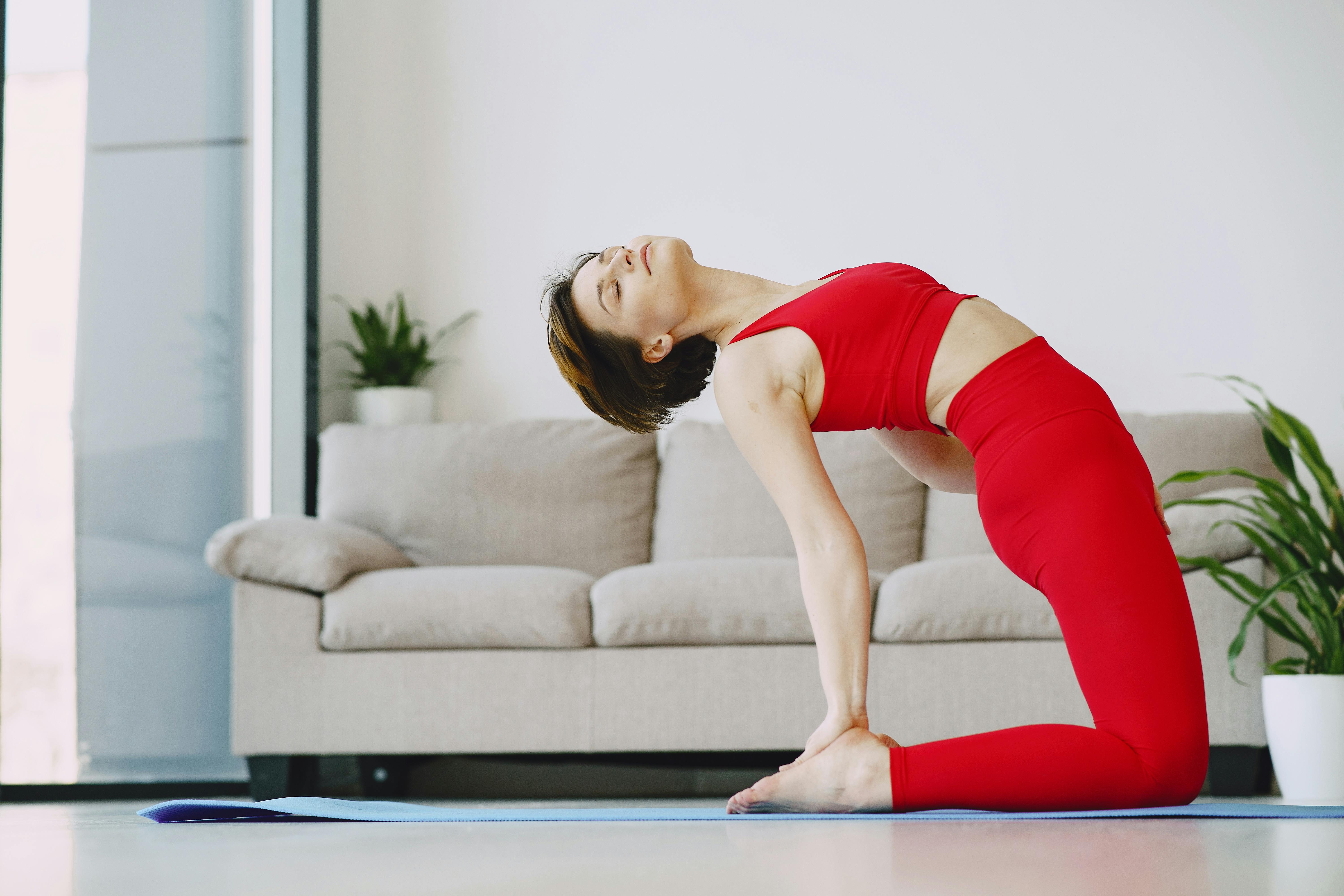
Camel Pose stretches the entire front of the body, including the chest, abdomen, and thighs, while strengthening the back and improving spinal flexibility. Beginners should hold the pose for 20 to 30 seconds. Ensure your knees are hip-width apart and your hands are placed on your heels, lifting your chest towards the ceiling.
Chair Pose (Utkatasana)
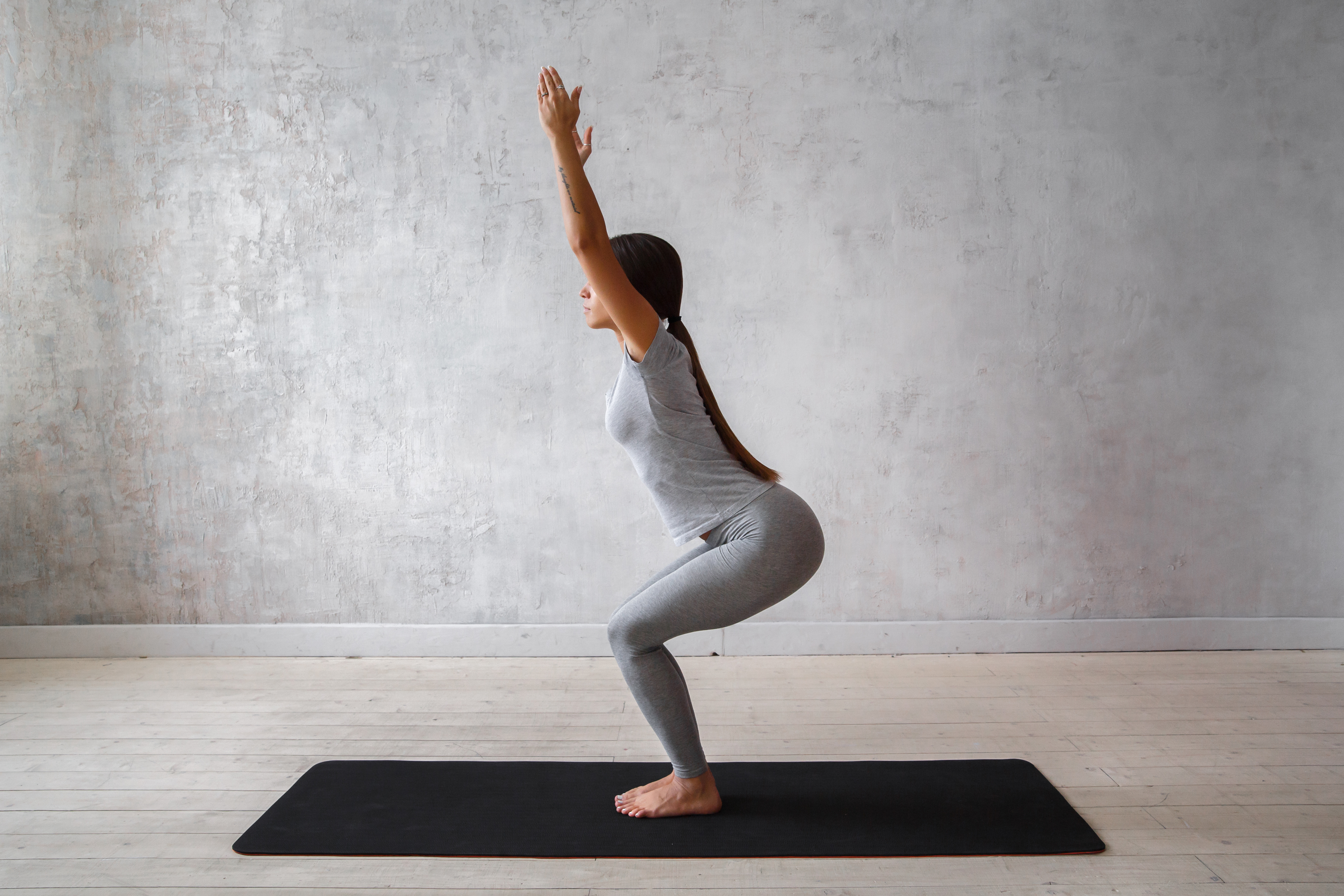
Chair Pose strengthens the legs, glutes, and core while improving balance and endurance. It also stretches the shoulders and chest. Suitable for beginners, hold the pose for 30 seconds to 1 minute. Keep your knees bent and your arms extended upward, ensuring your weight is in your heels.
Half Lord of the Fishes Pose (Ardha Matsyendrasana)
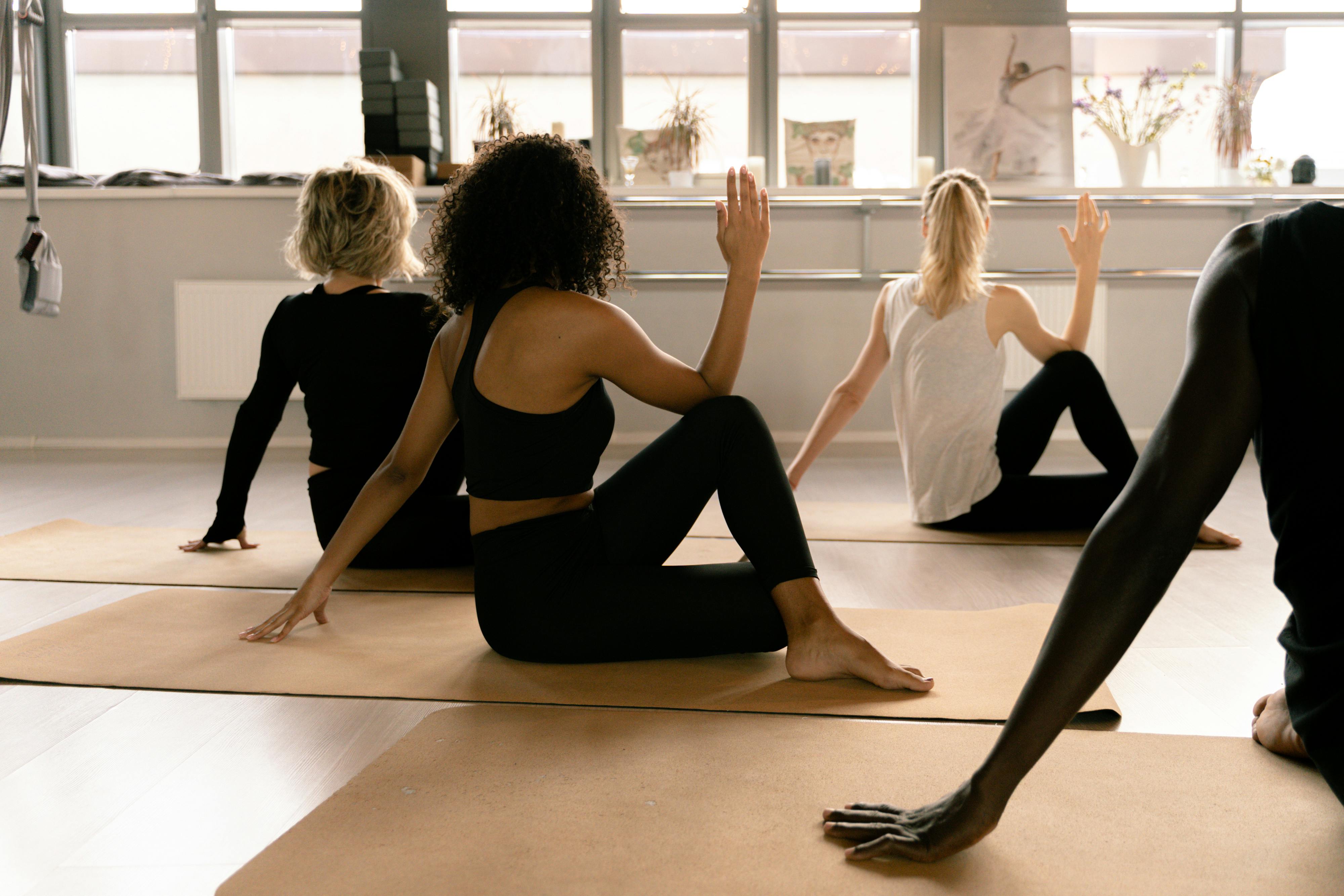
This pose stretches the spine, shoulders, and hips while improving digestion and detoxification. It also strengthens the back and enhances flexibility. Suitable for beginners, hold the pose for 30 seconds to 1 minute on each side. Ensure your spine is straight and your twist is gentle, avoiding any strain.
Eagle Pose (Garudasana)
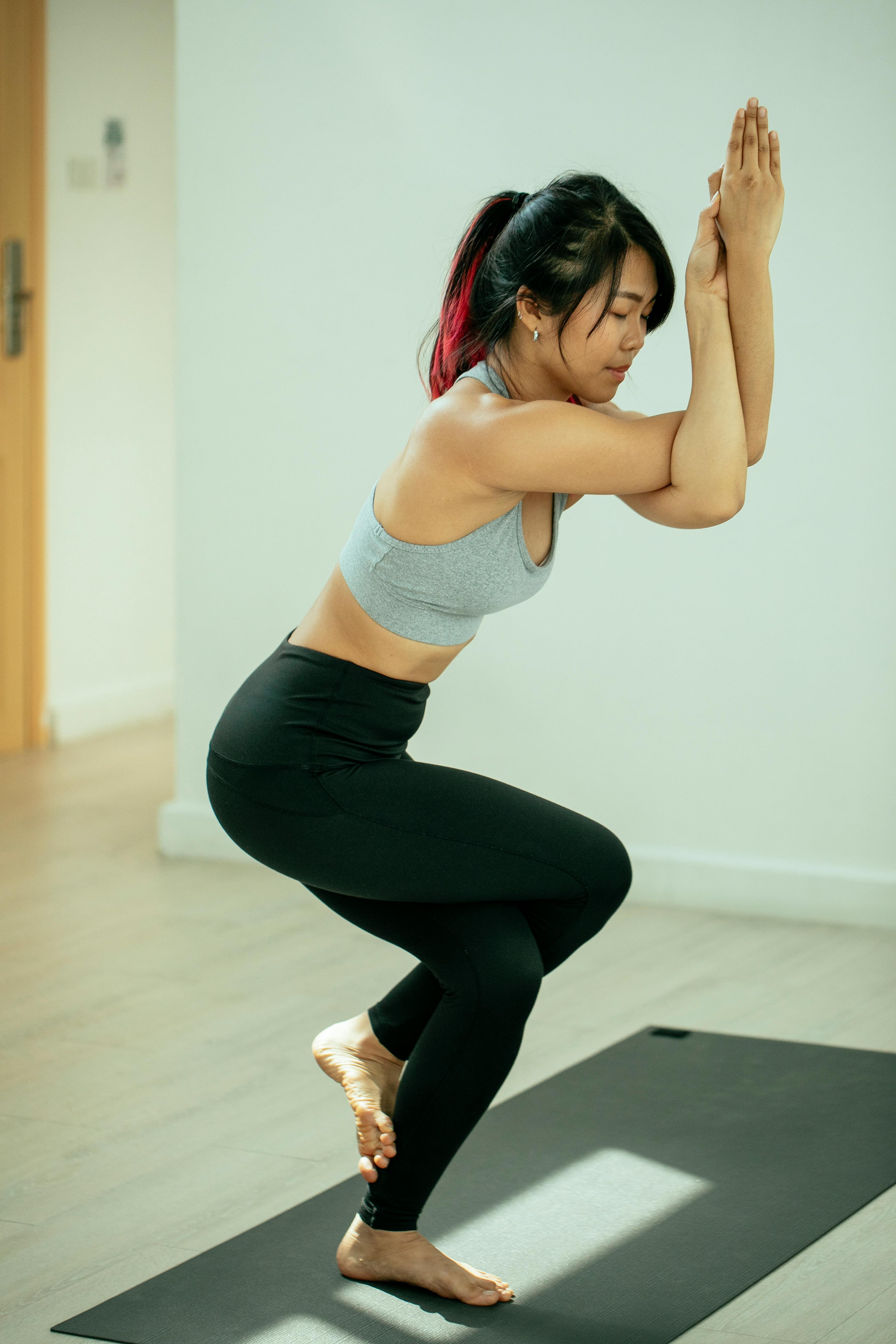
Eagle Pose strengthens the legs, hips, and shoulders while improving balance and focus. It also stretches the upper back and shoulders. Suitable for intermediate practitioners, hold the pose for 30 seconds to 1 minute on each side. Wrap your arms and legs around each other, maintaining your balance and focus.
Corpse Pose (Savasana)
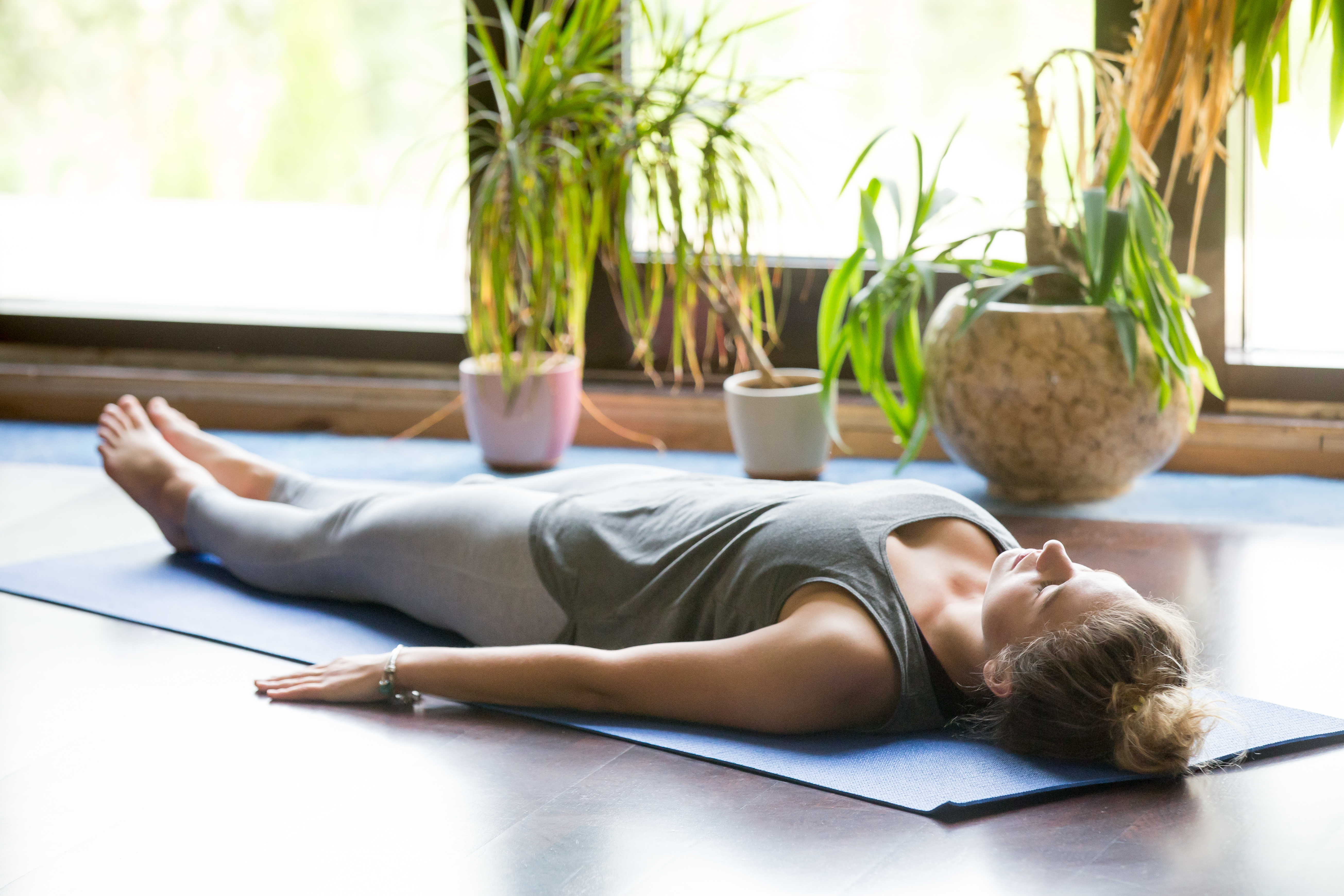
Corpse Pose is a restorative pose that promotes deep relaxation and stress relief. It helps to integrate the benefits of your practice and improve overall flexibility and strength by allowing the body to rest and recover. Suitable for all levels, hold the pose for 5 to 10 minutes. Lie flat on your back with your arms and legs comfortably spread, and focus on deep, steady breathing.
Incorporating these yoga poses into your routine can greatly improve your flexibility and strength. Whether you’re a beginner or an experienced yogi, these poses offer benefits that support overall wellness. Start slowly, listen to your body, and enjoy the journey to a healthier, more flexible, and stronger you.
This article originally appeared on UnifyCosmos.
More from UnifyCosmos
20 Distinctive Herbs and Spices to Enrich Your Recipes
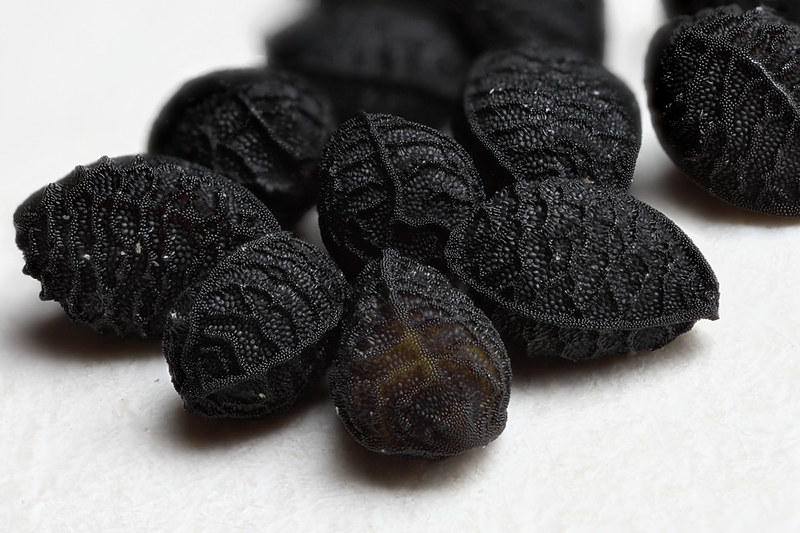
Whether you’re a seasoned chef or a curious foodie, these uncommon ingredients will elevate your dishes and tantalize your taste buds. Read more!
22 Nostalgic Items Older Generations Miss
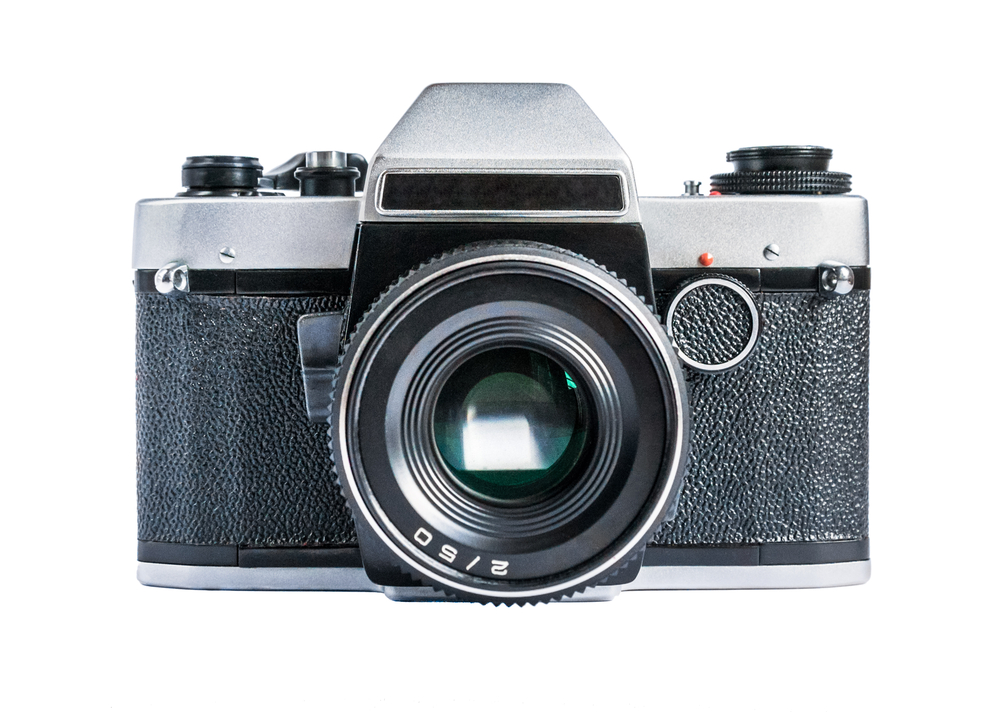
In today’s fast-paced world, many cherished traditions and items from the past have gradually disappeared, leaving only memories in the minds of older generations. Read more!
20 CEOs Who Climbed the Ladder from the Shop Floor

From the humble beginnings on the shop floor to the pinnacle of corporate leadership, the journey of a CEO is often marked by extraordinary dedication and insightful experience. Read more!
Leave a Reply